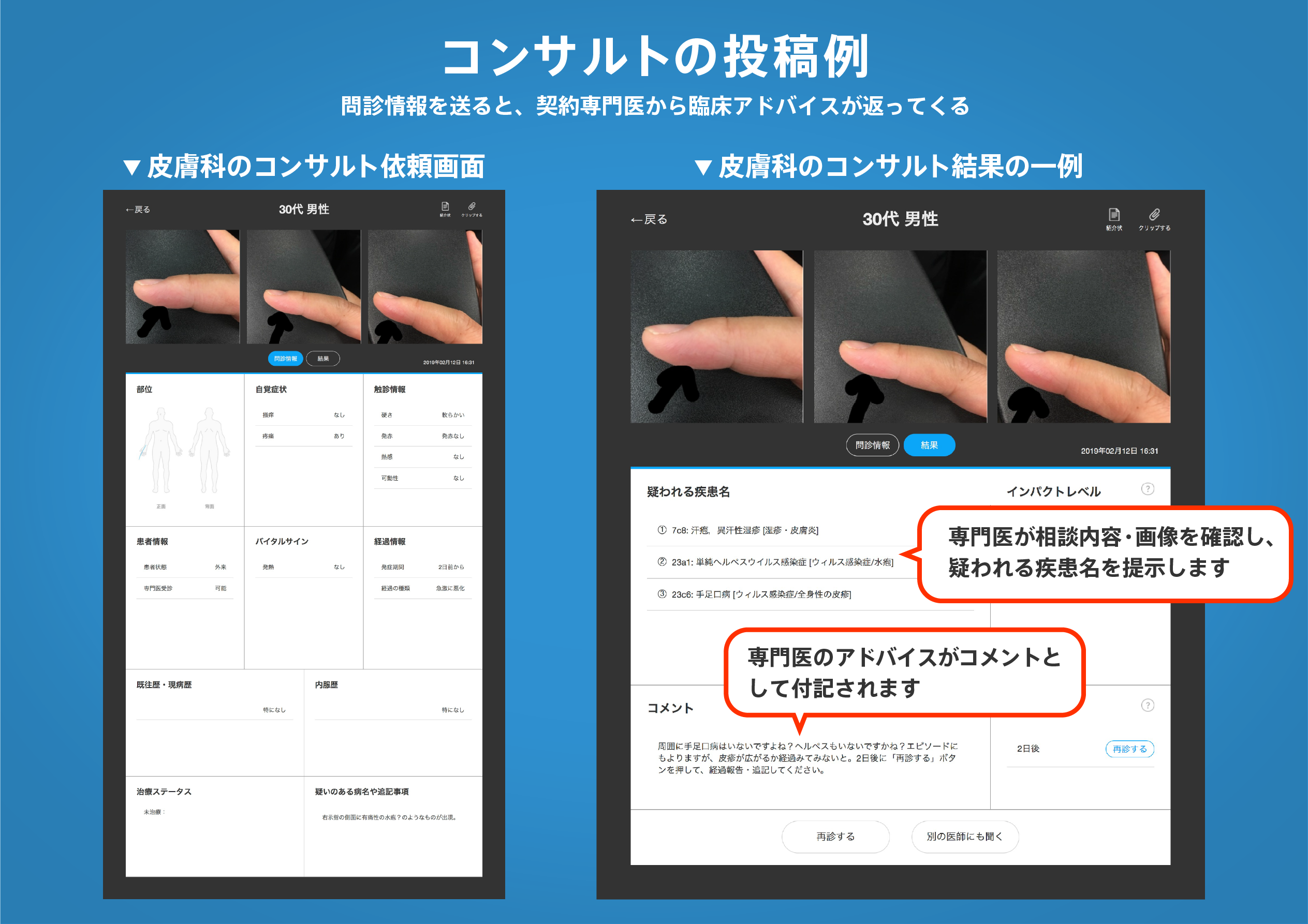著名医師による解説が無料で読めます
すると翻訳の精度が向上します
免疫細胞化学的方法を使用して、Ng-CAM(ニューロン - グリア細胞接着分子)、N-CAM(神経細胞接着分子)、および細胞外マトリックスタンパク質サイト酸塩を成体鶏肉とマウスのランビエのノードで高度に濃縮していることを示しています。。対照的に、無髄性軸索繊維は、両方のCAMに対する特定の抗体によって均一に染色されましたが、シトタクチンに対する抗体ではありませんでした。超微細構造免疫ゴールド技術は、n-camとng-camの両方が、髄膜髄細胞の結節性繊維の結節軸骨と軸膜に濃縮されていることを示しました。胚胚が発生する前の胚の14日目に、ニワトリ胚の小口径の繊維は、2つのカムの定期的な偶然の蓄積を示しましたが、シトタクチンではなく、蓄積の間に軸索領域にかすかな標識がありました。シトタクチンは、シュワン細胞および結合組織で発見されました。胚18日目までに、いくつかの中程度および大口径の繊維で最初にカムの結節蓄積が観察されました。免疫ブロット分析では、N-CAMの胚から成体への変換と、ノードが形成されている間にNG-CAMとN-CAMの量の進行性の減少が発生したことが示されました。細胞相互作用に欠陥を持つマウス変異体の坐骨神経は、既知の形態学的結節障害と一致するNg-CAM、N-CAM、およびシトタクチンの分布パターンと量の異常を示しました。Trembler(+/Tr)では、両方のカムの強い染色が繊維に沿って現れ、坐骨神経のN-CAMの量が増加することがわかりました。モーターエンドプレート疾患(MED/MED)のマウスでは、シトタクチンではなく、Ng-CamおよびN-Camではなく、拡張されたノードに局在していました。わずかにしか染色されていない正常なシュワン細胞とは対照的に、シトタクチンのために、震え/MED/MED Schwann細胞の両方が激しく染色されました。これらの発見はすべて、ニューロンとグリアの間で共有されたシグナルによって媒介されるニューロンカムの表面変調が、ランビアのノードを確立および維持するために必要になる可能性があるという仮説と一致しています。
免疫細胞化学的方法を使用して、Ng-CAM(ニューロン - グリア細胞接着分子)、N-CAM(神経細胞接着分子)、および細胞外マトリックスタンパク質サイト酸塩を成体鶏肉とマウスのランビエのノードで高度に濃縮していることを示しています。。対照的に、無髄性軸索繊維は、両方のCAMに対する特定の抗体によって均一に染色されましたが、シトタクチンに対する抗体ではありませんでした。超微細構造免疫ゴールド技術は、n-camとng-camの両方が、髄膜髄細胞の結節性繊維の結節軸骨と軸膜に濃縮されていることを示しました。胚胚が発生する前の胚の14日目に、ニワトリ胚の小口径の繊維は、2つのカムの定期的な偶然の蓄積を示しましたが、シトタクチンではなく、蓄積の間に軸索領域にかすかな標識がありました。シトタクチンは、シュワン細胞および結合組織で発見されました。胚18日目までに、いくつかの中程度および大口径の繊維で最初にカムの結節蓄積が観察されました。免疫ブロット分析では、N-CAMの胚から成体への変換と、ノードが形成されている間にNG-CAMとN-CAMの量の進行性の減少が発生したことが示されました。細胞相互作用に欠陥を持つマウス変異体の坐骨神経は、既知の形態学的結節障害と一致するNg-CAM、N-CAM、およびシトタクチンの分布パターンと量の異常を示しました。Trembler(+/Tr)では、両方のカムの強い染色が繊維に沿って現れ、坐骨神経のN-CAMの量が増加することがわかりました。モーターエンドプレート疾患(MED/MED)のマウスでは、シトタクチンではなく、Ng-CamおよびN-Camではなく、拡張されたノードに局在していました。わずかにしか染色されていない正常なシュワン細胞とは対照的に、シトタクチンのために、震え/MED/MED Schwann細胞の両方が激しく染色されました。これらの発見はすべて、ニューロンとグリアの間で共有されたシグナルによって媒介されるニューロンカムの表面変調が、ランビアのノードを確立および維持するために必要になる可能性があるという仮説と一致しています。
Immunocytochemical methods were used to show that Ng-CAM (the neuron-glia cell adhesion molecule), N-CAM (the neural cell adhesion molecule), and the extracellular matrix protein cytotactin are highly concentrated at nodes of Ranvier of the adult chicken and mouse. In contrast, unmyelinated axonal fibers were uniformly stained by specific antibodies to both CAMs but not by antibodies to cytotactin. Ultrastructural immunogold techniques indicated that both N-CAM and Ng-CAM were enriched in the nodal axoplasm and axolemma of myelinated fibers as well as within the nodal regions of the myelinating Schwann cell. At embryonic day 14, before myelination had occurred, small-caliber fibers of chick embryos showed periodic coincident accumulations of the two CAMs but not of cytotactin, with faint labeling in the axonal regions between accumulations. Cytotactin was found on Schwann cells and in connective tissue. By embryonic day 18, nodal accumulations of CAMs were first observed in a few medium- and large-caliber fibers. Immunoblot analyses indicated that embryonic to adult conversion of N-CAM and a progressive decrease in the amount of Ng-CAM and N-CAM occurred while nodes were forming. Sciatic nerves of mouse mutants with defects in cell interactions showed abnormalities in the distribution patterns and amount of Ng-CAM, N-CAM, and cytotactin that were consistent with the known morphological nodal disorders. In trembler (+/Tr), intense staining for both CAMs appeared all along the fibers and the amounts of N-CAM in the sciatic nerve were found to be increased. In mice with motor endplate disease (med/med), Ng-CAM and N-CAM, but not cytotactin, were localized in the widened nodes. Both trembler and med/med Schwann cells stained intensely for cytotactin, in contrast to normal Schwann cells which stained only slightly. All of these findings are consistent with the hypothesis that surface modulation of neuronal CAMs mediated by signals shared between neurons and glia may be necessary for establishing and maintaining the nodes of Ranvier.
医師のための臨床サポートサービス
ヒポクラ x マイナビのご紹介
無料会員登録していただくと、さらに便利で効率的な検索が可能になります。






